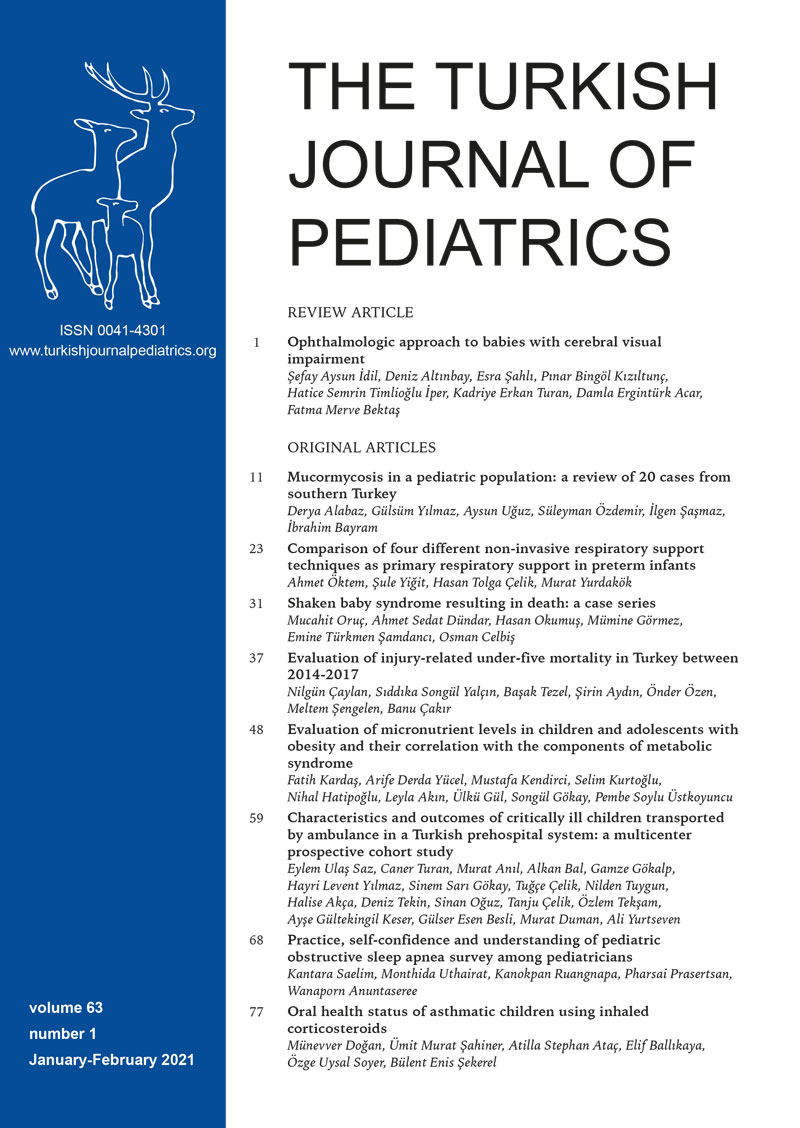Abstract
Background. Catheter-related bloodstream infection (CRBSI) is one of the most common complications of central lines. Data concerning the effectiveness and safety of antibiotic lock therapy (ALT), especially in pediatric hematology and oncology patients, have not yet reached sufficient levels of evidence. We aimed to share our center`s experience on ALT in pediatric cancer and to investigate the causes of ALT failure.
Methods. All cases with CRBSI and treated with ALT administiration in children with cancer between January 2015 and May 2019 were reviewed. Patients characteristics, laboratory and clinical findings, treatments, outcome of ALT, recurrences and reinfections were recorded. Patients with successful and unsuccessful ALT outcomes were compared in order to identify the risk factors for ALT failure.
Results. Sixteen eligible CRBSI treated with adjunctive ALT were identified. The most common pathogens were coagulase negative staphylococci (8/16, 50%). Treatment failure was observed in 31.2% (5/16). Younger age alone was an independent risk factor for treatment failure (0.9 vs 6.8 years, p = 0.038). Recurrence and reinfection rates were 23.1% and 16.7%. Mild bleeding occured in two cases (12.5%) and occlusion causing catheter removal was seen in one (6.3%).
Conclusions. ALT was found to be a safe modality with a success rate of 68.8% in children with cancer at our center and younger age was an independent risk factor for treatment failure. Future studies with larger sample sizes are needed to determine the factors affecting the ALT outcome, especially in childhood malignancies.
Keywords: antibiotic lock therapy, cancer, catheter-related bloodstream infections, childhood malignancy
Copyright and license
Copyright © 2021 The Author(s). This is an open access article distributed under the Creative Commons Attribution License (CC BY), which permits unrestricted use, distribution, and reproduction in any medium or format, provided the original work is properly cited.














